Email template for resignation letter
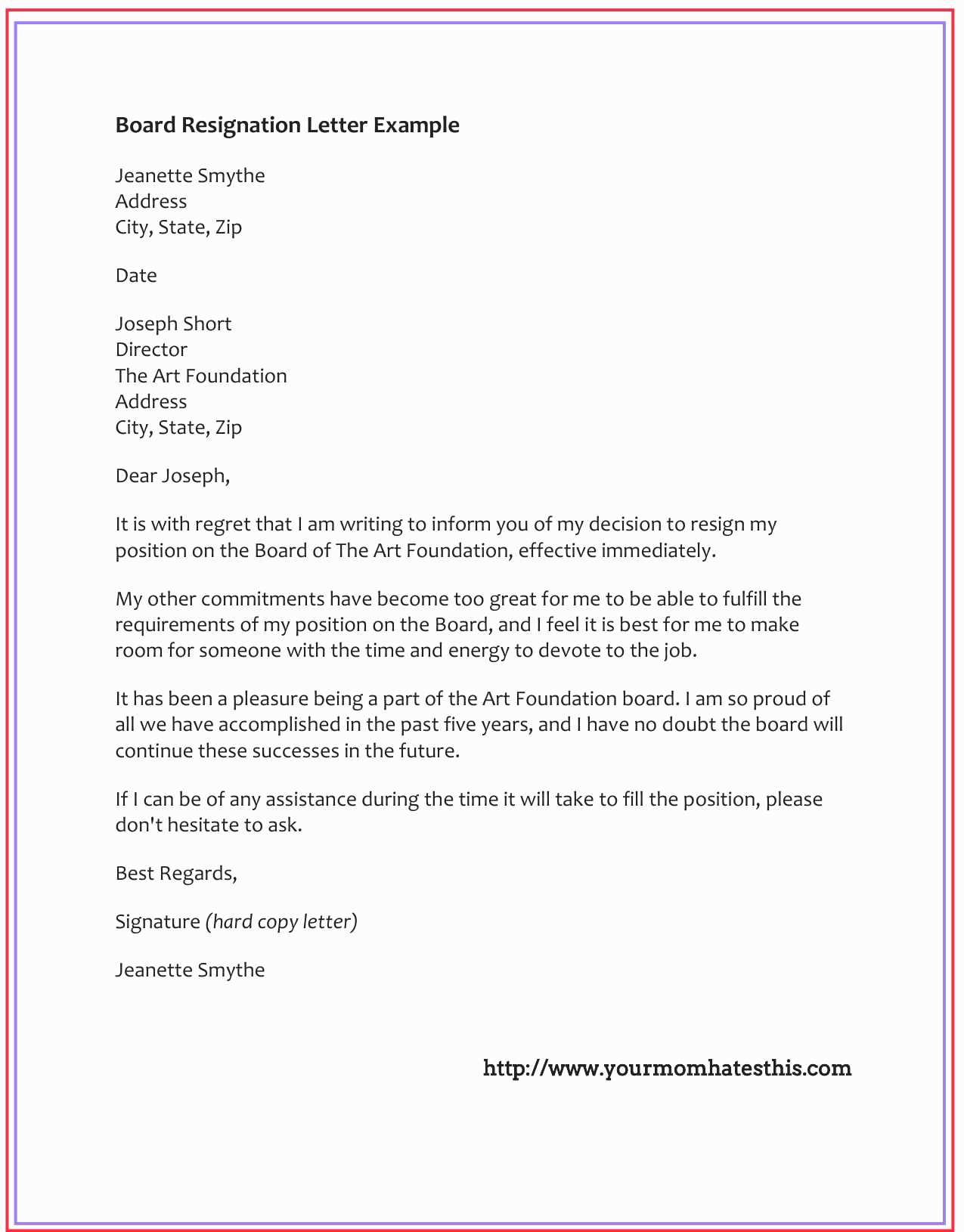
Crafting a resignation email requires clarity and professionalism. Begin by addressing your manager or supervisor politely, stating your intention to resign and mentioning the effective date of your departure. Keep the tone respectful and avoid unnecessary details about your reasons for leaving.
Start with a clear subject line to avoid confusion. A simple format like “Resignation – [Your Name]” works well. Be direct in the opening paragraph, stating your decision to resign and offering a notice period, typically two weeks, depending on your contract.
In the second paragraph, thank your employer for the opportunities you’ve had. A brief mention of what you’ve learned or enjoyed during your time with the company helps maintain goodwill. Keep it concise and positive.
End your email by offering to assist in the transition. Let your employer know you’re available to help train a replacement or provide any necessary handover notes. Close with a professional sign-off, such as “Sincerely” or “Best regards,” followed by your name.
Email Template for Resignation Letter
Begin your resignation email with a clear statement of your decision to resign, including the position you’re leaving. Make sure to specify your last working day and express gratitude towards your employer for the opportunity.
Subject: Resignation – [Your Full Name]
Dear [Manager’s Name],
I am writing to formally resign from my position as [Your Job Title] at [Company Name], effective [Last Working Day]. I have thoroughly enjoyed working here and greatly appreciate the support and opportunities provided to me during my time at the company.
I will ensure a smooth transition by completing all outstanding tasks and assisting with the handover process. Please let me know if there’s anything specific I can do to help during this period.
Once again, thank you for the experience and the opportunity to be part of the team. I wish you and the company continued success in the future.
Sincerely,
[Your Full Name]
Creating a Professional Subject Line
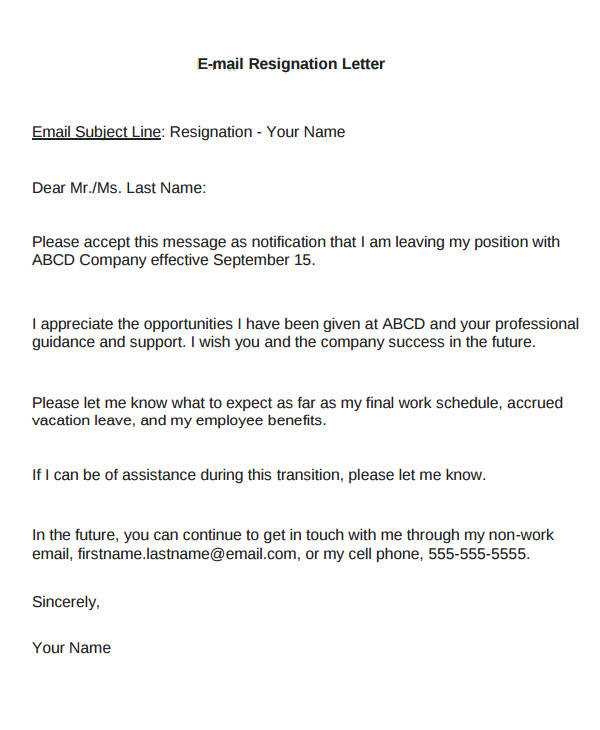
A clear and direct subject line ensures your resignation letter is taken seriously. Avoid vague language and make your intentions clear from the start. Use a straightforward approach that reflects your professionalism and respect for the company.
For example, a subject like “Resignation – [Your Name]” immediately communicates the purpose of the email without leaving room for ambiguity. Keep it simple, but specific, so the recipient knows what to expect upon opening your message.
Here’s a quick guide to crafting your subject line:
| Subject Line Example | Why It’s Effective |
|---|---|
| Resignation – [Your Name] | Direct and clear, ensuring the recipient understands the purpose instantly. |
| Notice of Resignation – [Your Name] – [Last Working Day] | Provides additional details, which could be useful for scheduling or documentation purposes. |
| Resignation Letter – [Your Name] | Simple and to the point, clearly indicating the content of the email. |
By choosing a precise subject, you set a professional tone and avoid unnecessary confusion, allowing your recipient to handle your resignation promptly.
Choosing the Right Tone for Your Message
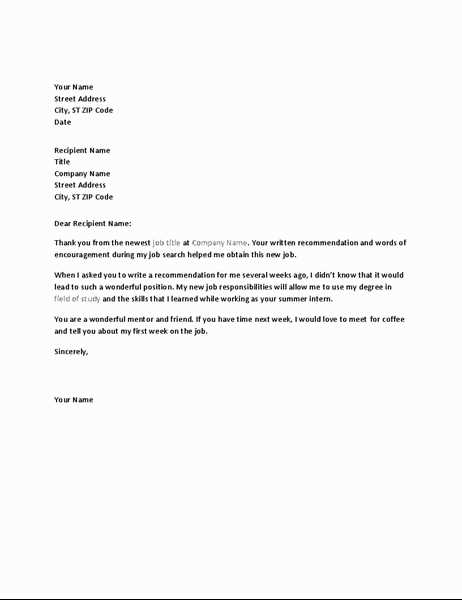
Maintain a respectful and professional tone throughout your resignation letter. Approach the situation with gratitude, but avoid sounding overly emotional or dramatic. Here are some guidelines to help you find the right balance:
- Stay formal, but friendly: Use polite language and maintain professionalism while keeping the tone warm and considerate.
- Avoid negativity: Focus on your appreciation for the opportunity, and avoid discussing frustrations or grievances.
- Be concise: Express your intentions clearly without unnecessary details. Keep your message to the point.
- Express gratitude: Thank your employer for the opportunity and experience, even if you’re leaving on less-than-ideal terms.
- Be confident, not arrogant: Show your decision is well thought out, but avoid making the resignation sound like a victory or a statement of superiority.
Incorporating these elements will ensure that your resignation letter is well-received and leaves a positive impression.
Structuring Your Email Body: Key Elements
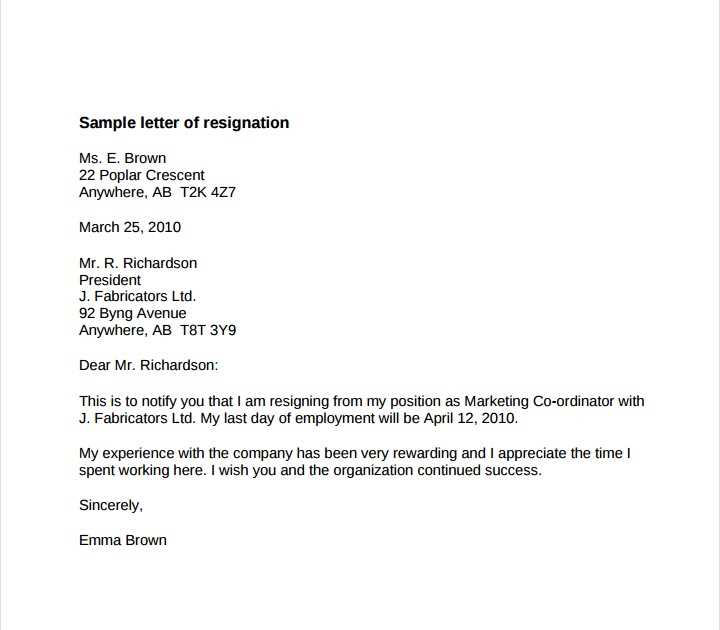
Begin with a clear and concise statement of your intent. Directly address the reason for your resignation and avoid unnecessary elaboration. The main purpose is to inform, not to provide excessive details.
State Your Resignation Date
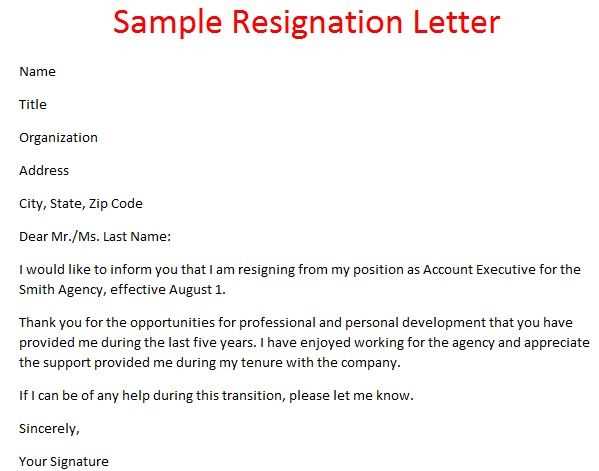
Clearly specify your last working day. This helps your employer plan for your transition and signals your professionalism. A simple, unambiguous line like “My last working day will be [date]” is effective and clear.
Express Gratitude and Acknowledge Your Experience
Take a moment to thank your employer for the opportunities provided. You don’t need to write a lengthy paragraph, but a brief note of appreciation can leave a positive impression. Mention specific aspects of the job or company that you valued, but keep it brief and sincere.
Avoid going into too much personal detail or sharing reasons that might come across as negative. Focus on being professional, leaving a positive, lasting impression.
Addressing Your Manager or HR Department
Begin by using a professional greeting, such as “Dear [Manager’s Name]” or “Dear [HR Department],” to set the right tone. Make sure you are clear about who you are addressing to avoid confusion. If you’re unsure whether to address your manager or HR, lean towards addressing your manager directly unless your company protocol suggests otherwise.
Be Direct and Clear
State your resignation plainly without unnecessary elaboration. For example: “I am writing to formally resign from my position as [Your Position], effective [Date].” This ensures your message is clear and avoids ambiguity. Keep the tone respectful but firm, confirming your decision to leave.
Acknowledge Appreciation
While it’s not mandatory, expressing gratitude for the opportunity is common practice. For example, you could say, “I have greatly valued the experience and the opportunities provided to me during my time at [Company].” Keep it sincere but brief, without overselling the sentiment. This maintains professionalism while ensuring a positive closure.
Providing a Notice Period and Transition Plan
State clearly your intended last working day, typically adhering to the company’s notice period requirement. Mention whether you are open to adjusting this date based on business needs.
Outline your transition plan, highlighting key tasks and responsibilities that need attention. Provide a detailed handover process to ensure smooth continuity of your work. This can include specific instructions, access to important documents, or guidance on ongoing projects. Offer to train a replacement if necessary, and suggest colleagues who may be able to take over key tasks.
Be transparent about any ongoing projects and suggest ways to close or transfer them efficiently. A well-structured plan reflects professionalism and helps maintain positive relationships with your employer. It’s also helpful to offer your support during the transition period, showing that you’re invested in the team’s success even after your departure.
Ending on a Positive Note
Finish your resignation letter with a tone that reflects gratitude and appreciation for the opportunity. This leaves a lasting impression and can help maintain a professional relationship even after you leave the company.
- Express thanks for the growth and learning you’ve gained during your time with the company.
- Offer to assist with the transition process. This shows your commitment to leaving things in good order.
- Leave the door open for future collaboration. A simple statement like “I hope our paths cross again” can help maintain a positive connection.
- Highlight specific achievements or experiences that have been rewarding, without sounding overly sentimental.
By concluding on a positive note, you set the stage for ongoing professional interactions, should the need arise. A positive closure can leave both you and the company with good memories and mutual respect.